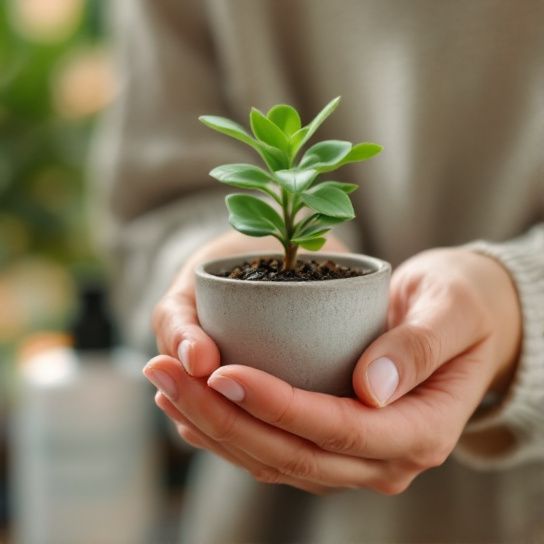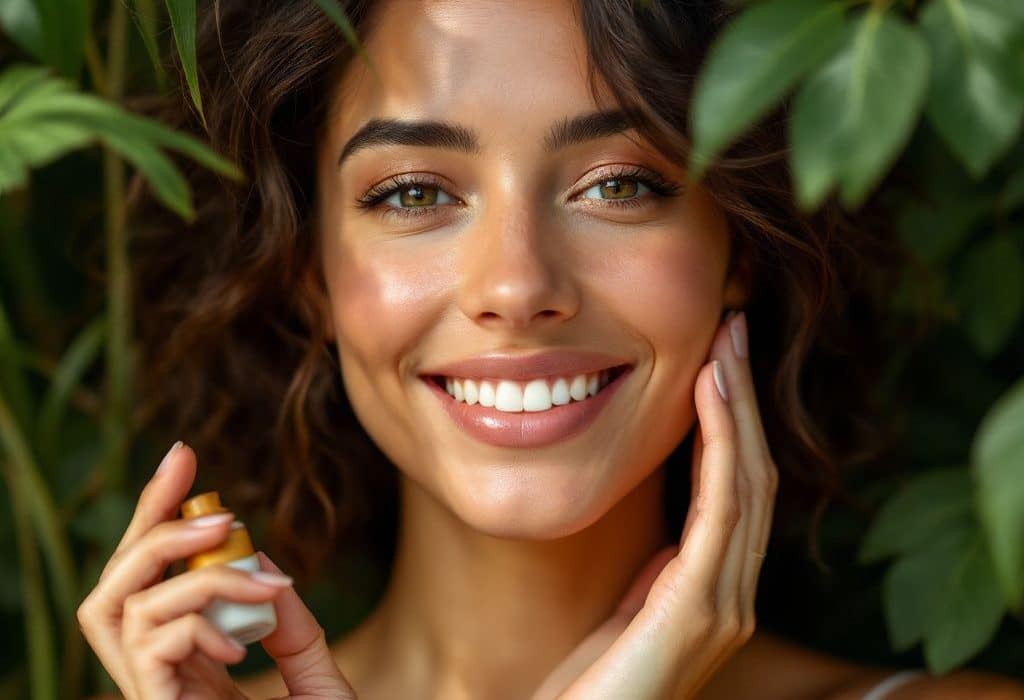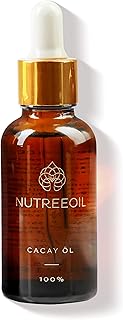In today’s eco-conscious world, beauty enthusiasts are making conscious decisions about the products they use and the companies they support. The growing awareness of sustainable practices has given rise to a new cadre of eco content creators. These sustainable beauty influencers promote brands and lifestyles that prioritize ethics, environmental considerations, and social responsibility. As a leader in this movement, I’m here to guide you through the top influencers you should follow to inspire greener beauty choices.
Why Follow Sustainable Beauty Influencers?
Choosing to follow sustainable beauty influencers can significantly impact your lifestyle and product choices. Through their platforms, these influencers shed light on essential aspects like the ingredients in beauty products, packaging waste, ethical sourcing, and carbon footprint. They provide invaluable insights into making beauty routines that are not only good for you but also kind to the planet.
The Rise of Eco Content Creators
The global beauty industry is valued at over $500 billion, and consumers are increasingly demanding transparency and sustainability (Market Research, 2022). According to a survey conducted by Nielsen, 66% of global consumers say they’re willing to pay more for sustainable goods. This trend is mirrored in the beauty sector, with an increase in demand for products that are sustainable, cruelty-free, and packaged in environmentally friendly materials. Consequently, eco content creators have emerged as key influencers, catering to these conscious consumers with reliable advice and vetted product recommendations.
Top Sustainable Beauty Influencers to Follow
1. Jenny Barrett (@EcoBeautyJ)

Jenny Barrett is a trailblazer in the sustainable beauty sphere with numerous accolades for her dedication to ecological practices. Her content often includes detailed breakdowns on product life cycles, from the sourcing of ingredients to the disposal of packaging.
🥇 Technical Breakdown: The Importance of Biodegradable Packaging
Jenny passionately educates her followers about the critical role of biodegradable packaging in reducing landfill waste. According to a report by Smithers Pira, the market for eco-friendly packaging is projected to reach $237.8 billion by 2024. Jenny’s collaborations with brands that commit to eco-friendly packaging set a benchmark in the industry and send a powerful message about the importance of minimizing environmental impact.
**Case Study**: Jenny partnered with a leading beauty brand, EcoChic, to revamp their packaging strategy, cutting down plastic use by 40% while boosting brand visibility and consumer trust—a clear indication of the positive correlation between sustainability initiatives and consumer goodwill.
2. Zara Tomas (@GreenGlamZ)
Zara Tomas excels in integrating sustainability within the luxury beauty segment. Her expertise lies in reviewing high-end brands that adhere to eco-conscious practices while maintaining luxury standards—an intersection occupied by few but desired by many.
🌱 Expert Analysis: Second-Generation Sustainable Ingredients
Zara dives deep into the world of second-generation sustainable ingredients—plant-based, lab-grown alternatives aiming to replace traditional, less sustainable sources. Through rigorous product testing and research collaborations with academic institutions, Zara evaluates and promotes only those brands that meet stringent sustainability criteria and offer luxurious product experiences.
**Professional Insight**: Recent findings published in the Journal of Cleaner Production highlight how consumer preferences lean toward beauty products that integrate nature-sourced ingredients with proven benefits for the environment—friendly practices advocated by influencers like Zara.

3. Alex Manson (@ConsciousGlow)
With a background in environmental science, Alex approaches sustainable beauty with an analytical mindset. She focuses on educating her followers about the carbon footprint of beauty products, offering substantial data and actionable insights for eco-friendlier choices.
🌍 Standards and Best Practices: Understanding Carbon Footprint
A pioneer in the “beauty carbon calculator” idea, Alex is known to tackle products’ lifecycle impact—from production to end-of-life with quantifiable data. By promoting brands utilizing green energy and low-emission transportation, Alex sets industry standards.
**Data Point**: Research from Cosmetics Europe shows that beauty products account for an average of 4% of a person’s carbon footprint. Alex’s collaboration with the Carbon Trust to create tools that help brands and consumers calculate and reduce their carbon emissions illustrates the practical application of her extensive knowledge.
How to Implement Sustainable Beauty Practices
Following these influencers provides numerous practical tips to refine your sustainable beauty regimen. Here are some actionable insights to get started:
- Evaluate Ingredients: Check for vegan, cruelty-free, and non-toxic labels. Sustainable beauty influencers often recommend resources for you to evaluate this on your own, increasing transparency.
- Mind the Packaging: Opt for brands utilizing recycled, refillable, or biodegradable materials.
- Select Multi-Use Products: Reduce consumption—and your environmental impact—by choosing versatile products.
- Calculate Your Impact: Use tools and calculators advocated by influencers to assess and manage the carbon footprint of your beauty regimen.
- 5. **Engage with the Community: Join forums or social media groups promoted by influencers for exchanging tips and product recommendations with like-minded peers.
Conclusion: Navigating the Future of Beauty with Confidence

The dedication demonstrated by Zara, Jenny, and Alex sets a new standard for the beauty industry. They’re not just trendsetters; they’re custodians of a more sustainable future. By integrating sustainable practices into your routine, educated by these eco content creators, you’re contributing to a global movement that transcends cosmetics. After all, sustainable beauty is not merely a trend; it’s a commitment to a cleaner, healthier world.
The road to a sustainable lifestyle doesn’t have to be overwhelming. By leveraging the insights provided by these top sustainable beauty influencers, you’ll be well-equipped to make choices that reflect both your style and your values without compromise. Stay informed, stay conscious, and, most importantly, stay beautiful, inside and out. 🌟
—
This guide serves as your blueprint for navigating the vibrant and essential sphere of sustainable beauty with the assurance of making choices that benefit not just your skin, but the planet as well.
Frequently Asked Questions
What are the benefits of using a hair mask in my hair care routine?
Using a hair mask can provide several benefits, including hydration, smoothing, strengthening, curl definition, heat protection, and damage repair. Hair masks infuse the hair with moisture, help coat the hair shaft to seal split ends, reduce breakage, and protect the hair from heat styling and environmental damage[1][4].
What ingredients should I look for in a hair mask?
Effective hair masks often include ingredients such as coconut oil, argan oil, shea butter, honey, avocado oil, green tea, and coconut water. These ingredients provide nourishment, moisturize, and protect the hair, offering benefits like softening, moisturizing, and protecting against damage[2][5].
How often should I use a hair mask in my routine?
You should use a hair mask whenever your hair feels dry, unmanageable, or in need of intense hydration. This can vary depending on your hair type and needs, but generally, using a hair mask once or twice a week can help maintain healthy and moisturized hair[1][4].
How do I apply a hair mask for the best results?
To apply a hair mask effectively, shampoo your hair first, then apply the mask, focusing especially on the ends where hair tends to be the most damaged. Leave the mask on for anywhere from 10 minutes to overnight, depending on the type of mask and your hair’s needs[1][4].
References

